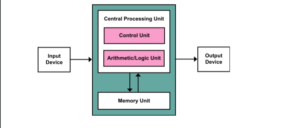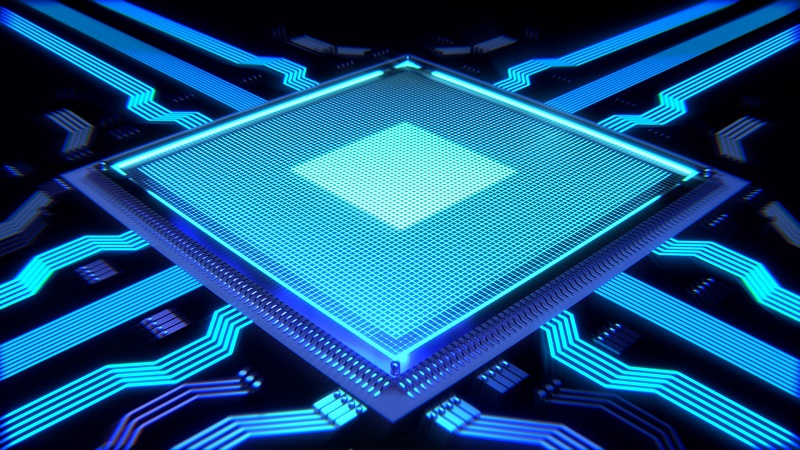Let’s know the most important component of the computing device in and out. The CPU, also known as the central processing unit is a component that controls the flow of instructions to and from the other parts of the computer system. It carries out the instructions by performing the arithmetic operations, input/output operations, logic controlling etc. The CPU or the processor relies on a chipset that is a collection of microchips placed on the motherboard. The type of motherboard determines the kind of CPU that can be installed on it. Laptop Discovery explains various type of motherboard in this article which will definitely help you to understand things better.
The basic functionality of the CPU involves taking in the data input, executing the instructions and processing the information. The CPU has an internal bus which sets the communication between the internal cache and the memory known as the backside bus. The bus responsible for the flow of data to and from the CPU, memory, AGP socket and chipset is the front-side bus. The CPU consists of registers that stores the data, instructions, counters, and addresses used in the processing of the information.
The CPU has majorly two components:

- Arithmetic Logic Unit: This particular unit is dedicated to handling the arithmetic and logical operations.
- Control Unit: This unit takes up the instructions from the memory, decodes it and then finally executes it.
Nowadays the computers come with two or more processors, that are located physically separate on the same board or a different board. Each of the processors behaves like an individual processing unit with its own interface, separate cache etc. Multiple processors greatly serve the purpose of multitasking by parallelly processing the various tasks.
Now let us get familiar with some of the factors that affect the performance and speed of the processor.
Clock Speed
We can define clock speed as the rate at which a CPU can complete a processing cycle. Or we can also understand it as the measure of the number of clock cycles a CPU can perform in a second. It is measured in Hertz or Gigahertz (GHz). But this factor is only helpful if you are comparing the CPUs of the same family.
For instance, if you are comparing two Intel Core i7 processors, which differ in clock speed only. One runs at 4.10GHz and another one at 4.60GHz. In this case, the processor with 4.60GHz will outperform the another one in terms of speed. But comparing the Intel Core i7 with any of the AMD processors or other in terms of clock speed will not be correct.
Cores
After a certain limit, it is not possible to increase the speed of the processor. But to overcome this problem, the manufacturers came up with the multi-core processors. The CPU chips now come with multiple cores inside it, which acts as an individual CPU. By adopting more cores, the chip started processing multiple lines of code at the same time. Also more number of cores provide with better performance while gaming or performing some intensive tasks.
Cache
Cache plays a very crucial role in the fast and smooth transfer of data from hardware to the main processing unit. When the information is requested, the motherboard will fetch. But this process will take a longer time as the speed of the hard drive is much slower than the CPU.
To speed up the process, the RAM is used, that temporarily stores the information from the hard drive. Now instead of going to the hard drive, the motherboard now directly retrieves the data from the RAM.
But there comes a point where the RAM is no longer able to match up with the speed of the CPU, here’s where the cache comes in. The Cache is a small and greatly fast memory added to the processor to store the immediate instruction from the RAM. Since it runs at the same speed as that of the CPU, it rapidly provides information to the CPU in the shortest time possible without any lag. Generally cache size is between 512KB to 8MB.
Conclusion
We hope that this article of ours provided a great value to you. For any doubts or suggestions, you can write to us below in the comments. Thank You.










